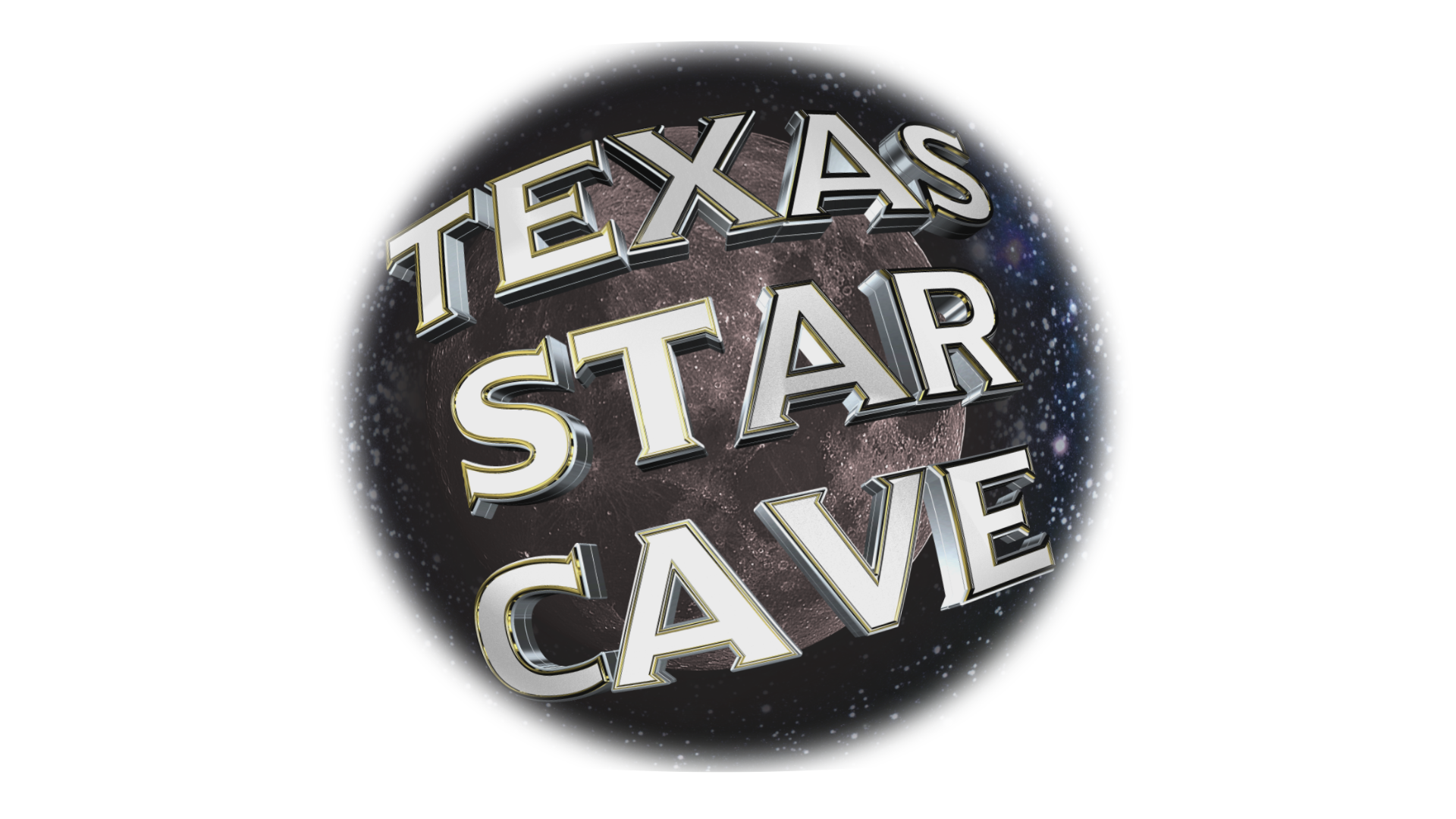Capture – Calibrate – Stack – Edit
- Use a a planetarium app or star chart to plan your imaging session. Ensure sufficient hard drive space, power, horizon and tree clearance, etc.
- Allow the telescope to reach ambient temperature before attempting to focus. Ensure there are no tube currents.
- Study the AstroClock to determine best cloud cover, best seeing, and whether dew control may be needed.Polar align. PoleMaster and SharpCap work well for polar alignment.
- Point the telescope north with counterweights down, and apply power.
- Connect AP computer to the main camera, mount, and focuser. Start cooling the camera. Connect Guiding system to guide camera and start Loop function.
- Slew to a bright star near the first target. Bright stars have a common name (e.g. Vega, Sirius, etc.), or are identified starting with alpha, beta, or gamma (e.g. alpha Lyra).
- Capture the sky wherever the telescope is pointing, plate solve, and synchronize. Reslew to the bright star.
- Insert the filter to be used for this target, fit the Bahtinov mask in place, and focus. Remove the Bahtinov mask.
- Either slew to the object, or use “Goto++” in APT to locate the object with high accuracy.
- With the Guiding system, choose a star (ALT-S) and start guiding.
- Set the gain for this target (recommend Unity Gain; see manufacture’s specification).
- Try various exposures to find one where the left lump of the histogram is just clear of the left histogram edge.
- Check that guiding is working well.
- Start imaging session of 40 to 60 exposures at best exposure.
- Monitor guiding, star focus, cloud cover, dew, and mount; adjust as needed.
- When finished, disconnect hardware in applications, close applications, turn off equipment, and disconnect cables.

